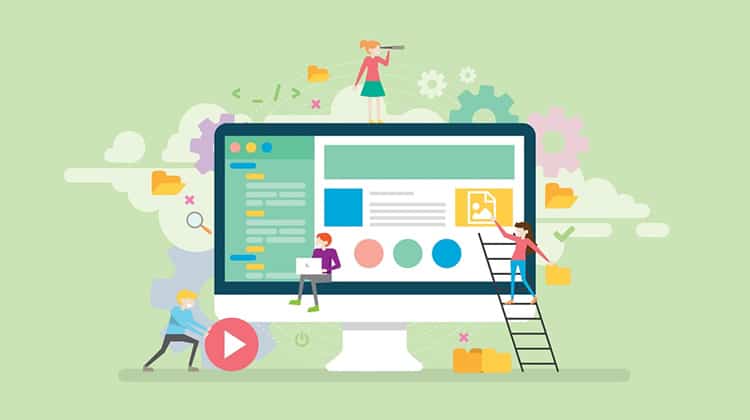The psychology of website design plays a critical role in influencing buying decisions and engaging users. From the choice of colors to the layout and imagery, each element can significantly impact the visitor’s emotional state and actions. This article dives into how visuals in website design sway buying habits, enhance user interaction, and why businesses should leverage these insights for better outcomes.
The Psychology of Website Design and Visual Influence
Understanding the psychology behind website design is not just about making things look pretty. It’s about creating a strategic visual narrative that guides visitors towards making a decision, be it purchasing a product or signing up for a newsletter. The colors, fonts, and even the spacing between elements can trigger different emotions and reactions, which, when used smartly, can boost conversions and foster brand loyalty.
Table of Contents
- The Importance of Color Psychology in Website Design
- How Imagery Influences User Behavior
- Layout and Its Impact on User Experience
- Typography and Visual Perception
- Using Whitespace Effectively
- Emotional Design and Brand Identity
- The Role of Visual Storytelling
- Psychology of Website Design: Best Practices
- Case Studies: Success Stories in the Psychology of Website Design
- Conclusion
The Importance of Color Psychology in Website Design
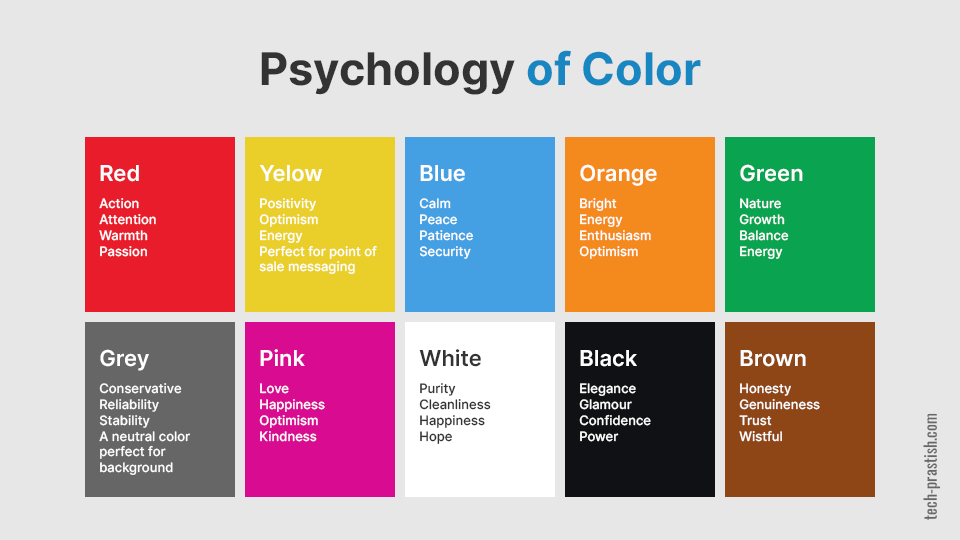
Colors are more than just visual elements; they convey emotions, set the mood, and can even influence decision-making. In the realm of website design, understanding color psychology is essential for creating an effective user interface. For instance, blue inspires trust and security, often used by banks and social media platforms. Red, known for its urgency and energy, is frequently employed in call-to-action buttons.
Here’s how different colors can affect visitor behavior:
- Green: Associated with nature, growth, and harmony, making it ideal for eco-friendly and wellness brands.
- Yellow: Evokes optimism and attention, perfect for highlighting key information or promotions.
- Orange: A blend of red’s urgency and yellow’s cheerfulness, great for calls to action.
- Purple: Conveys luxury, wisdom, and creativity, often seen in beauty and technology sectors.
By wisely choosing a website’s color scheme, designers can subtly guide users toward desired actions, whether signing up, making a purchase, or exploring more content.
How Imagery Influences User Behavior
The power of images in website design cannot be overstated. They grab attention, evoke emotions, and tell stories faster than words ever could. High-quality, relevant photos and illustrations can significantly increase user engagement and conversion rates. For instance, using real photos of your team or products can build trust and authenticity, encouraging users to invest in your brand.
Key considerations for selecting images include:
- Relevance to the content and audience
- High resolution and professional quality
- Alignment with the brand’s tone and message
Additionally, incorporating alternative text for images improves accessibility and SEO, making your website friendlier to both users and search engines.
Layout and Its Impact on User Experience
A website’s layout goes beyond aesthetics; it structures the user’s journey through your content, affecting usability and satisfaction. A well-thought-out layout ensures information is easy to find and understand, leading to a positive user experience and higher conversion rates. Key elements include navigation, spacing, and the visual hierarchy.
Creating an Effective Website Layout
Consider the following guidelines to enhance usability:
- Keep the navigation simple and intuitive: Users should effortlessly find what they’re looking for.
- Use visual hierarchy to guide attention: Highlight key information with size, color, and placement.
- Ensure responsiveness: The layout must adapt smoothly across different devices and screen sizes.
These principles help create a seamless experience, encouraging users to stay longer and engage more deeply with your content.
Typography and Visual Perception
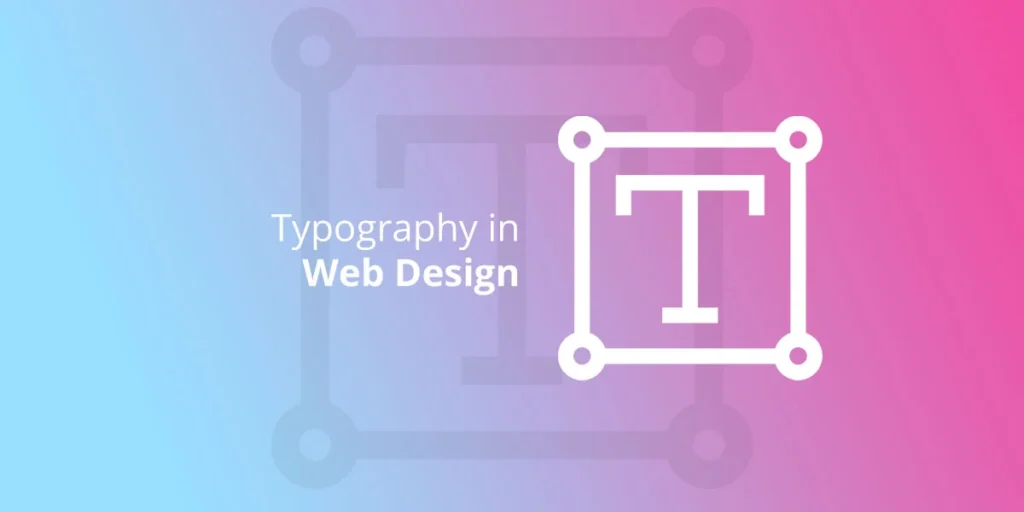
The choice of typography on a website does more than relay information; it also affects how that information is perceived. Fonts carry their own tone and personality, evoking different feelings and reactions. For instance, serif fonts, like Times New Roman, are often seen as traditional and reliable, while sans serif fonts, such as Helvetica, are viewed as modern and clean.
Consider the following when selecting fonts:
- Readability: Ensure text is easy to read on various devices and screen sizes.
- Consistency: Use a limited number of font styles to maintain a cohesive look.
- Emotion: Choose fonts that align with the brand’s identity and message.
By combining the right fonts with a thoughtful layout, designers can create a visually appealing and emotionally resonant user experience.
Using Whitespace Effectively
Whitespace, or negative space, is a crucial component of website design that helps declutter interfaces and highlight important content. It’s not merely “empty” space; it’s a powerful tool for creating a breathable, well-organized layout that improves readability and focus. Whitespace around text blocks, buttons, and other elements allows users to easily digest information, making the website more user-friendly.
Benefits of using whitespace include:
- Increased content legibility
- Enhanced user attention and comprehension
- A cleaner, more sophisticated aesthetic
Strategic use of whitespace can transform a crowded, chaotic interface into an elegant, effective communication channel that enhances the overall user experience.
Emotional Design and Brand Identity
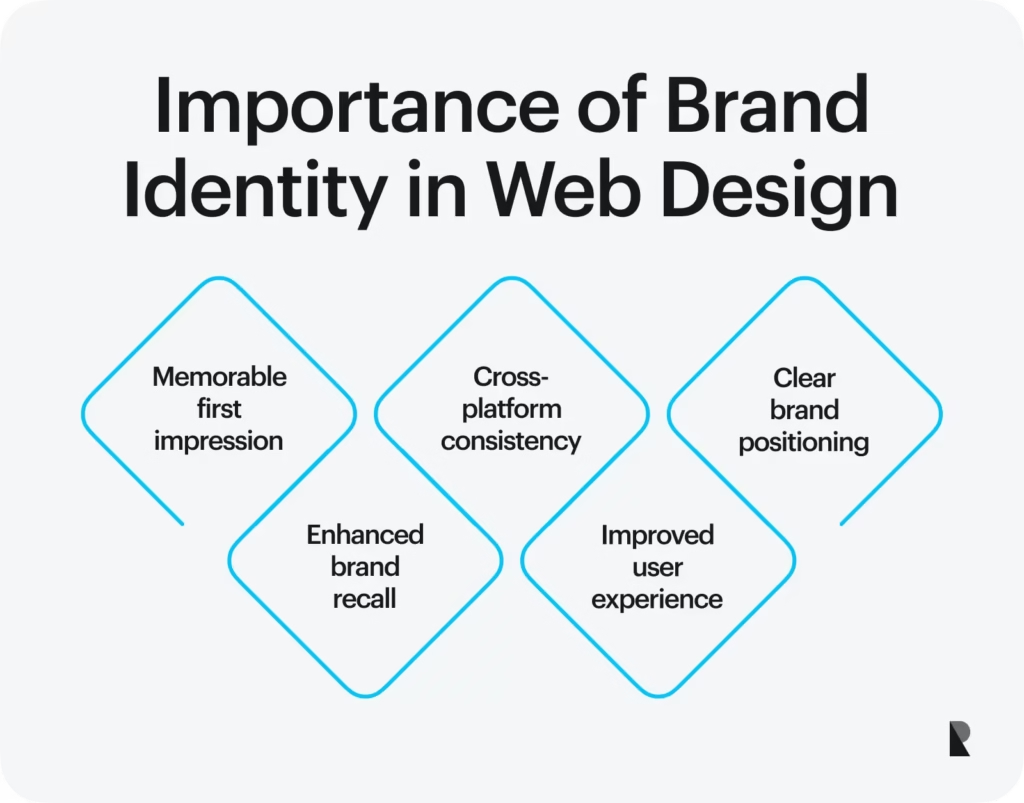
The concept of emotional design delves into connecting with users on a personal level, weaving together visuals and messages that resonate deeply with their desires and needs. This approach cultivates a strong brand identity by imparting memorable experiences that foster brand loyalty. Storytelling and imagery play pivotal roles here, crafting narratives that speak directly to the heart of the audience.
Creating an emotional bond through design requires:
- Authenticity: Be true to your brand’s values and vision.
- Empathy: Understand and address the emotions of your target audience.
- Consistency: Maintain a uniform tone and style across all platforms.
Remember, people are more likely to engage with brands that make them feel understood and valued.
The Role of Visual Storytelling
Visual storytelling harnesses the power of images, colors, and layouts to tell a story and evoke a response. This method is incredibly effective in website design, as it can convey complex messages quickly and emotionally. A picture is worth a thousand words, and when used strategically, visuals can tell your brand’s story in a glance.
Components of effective visual storytelling include:
- Consistent theme and style
- Emotionally compelling imagery
- Clear, concise messaging
Integrating visual storytelling into your website design not only captivates users but also strengthens brand recognition and connection.
Psychology of Website Design: Best Practices
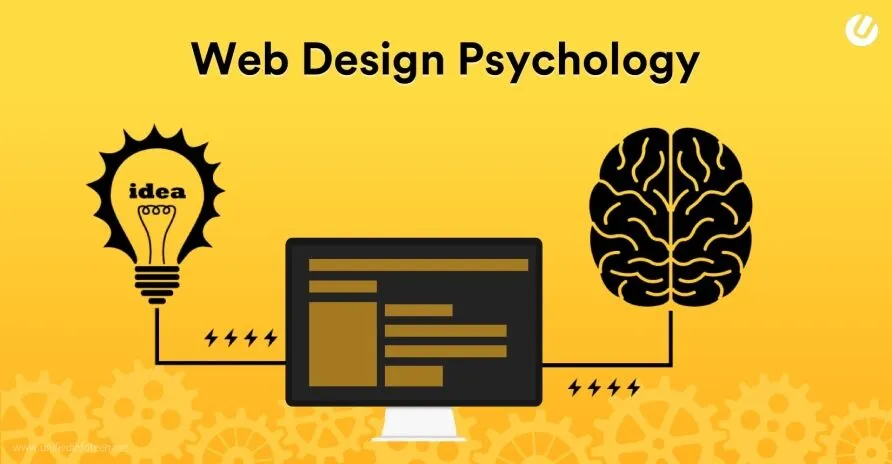
To maximize the impact of your website’s design on user behavior and decision-making, it is important to adhere to proven best practices. These guidelines include understanding user needs, employing color and typography strategically, and prioritizing usability and accessibility.
Key Best Practices
- User-Centered Design: Always place the user’s needs and preferences at the forefront of design decisions.
- Visual Hierarchy: Use size, color, and placement to guide visitors’ attention to important information.
- Responsive Design: Ensure your site looks and functions well on all devices, from desktops to smartphones.
- Accessibility: Make your website usable for everyone, including people with disabilities.
Following these principles can significantly improve the user experience, making your site more engaging and effective.
Case Studies: Success Stories in the Psychology of Website Design
Many companies have reaped the benefits of applying the principles of psychology to their website designs. These success stories underscore the powerful effect of strategic design choices on user engagement and business outcomes.
For example, a well-known e-commerce brand reported a 20% increase in conversions after optimizing their site’s color scheme and layout to reduce visual clutter and highlight key actions. Similarly, a SaaS company saw retention rates soar by 30% after revamping their user interface to enhance ease of use and emotional appeal.
These examples provide valuable insights into how psychological principles can be effectively translated into design strategies.
Conclusion
The psychology of website design is a fascinating field that explores how visual elements can influence user behavior and decision-making. By understanding and applying these principles, designers can create more effective, engaging, and memorable websites. From choosing the right color palette to optimizing the layout and incorporating storytelling, every detail contributes to the user’s emotional journey through your site. By focusing on creating a positive and impactful user experience, you can drive higher engagement, conversions, and loyalty. The power of psychology in design isn’t just about manipulating emotions; it’s about creating a genuine connection with your audience, leading to long-lasting relationships and success for your brand.
Hello, I am Sajid, I have been working & writing for the Gibson team for over 4-years now. I help with keyword research, meta data insertion, content creation, and getting the project to the finish line. I also manage, organize, and publish helpful articles.


